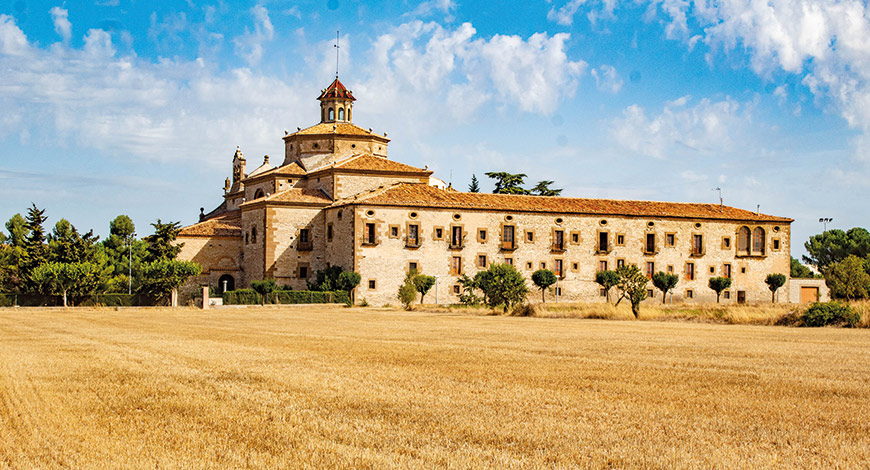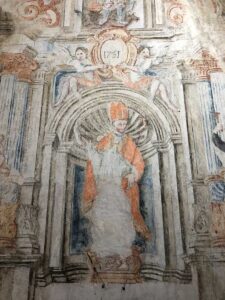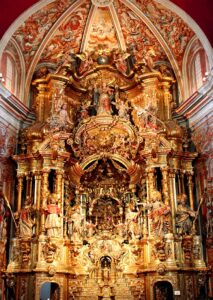
Art and culture at the time of Gaspar de Portolà and Pere Fages
A route through different places associated with the art, culture and gastronomy of the time of Gaspar de Portolà and Pere Fages.
Butsènit - Cervera - The Shrine of Sant Ramon Nonat - The Miracle Shrine
In Catalonia, the Baroque period became one with a great artistic influence from Castile. From the religious point of view, this captured the spirit of the counter reformation church, and from the socio-political angle, the Baroque period was one clearly associated with absolute monarchies. These two powers: the church and the monarchy, were the main patrons and sources of inspiration for Baroque art.
In Catalonia, baroque artwork is mainly to be found in rural areas. It is characterised by a decorative exuberance which sought to fascinate believers, giving the impression of an ostentatious church in stark contrast to the austerity of the reformist church. It was in the area of altarpieces that Catalan Baroque style art particularly excelled.
ROUTE
BUTSÈNIT (MONTGAI)
Just a few years before Gaspar de Portolà was proclaimed Governor of California, a few Baroque-style paintings were created in the church at Butsènit, which were subsequently hidden beneath a covering of white paint with the passing of time. They were then discovered in 2017 and have been recently restored. These are some of only a few examples of altars in this artistic style that have been conserved in Catalonia. This is a tremendous find, of great historical value, in terms of rural art.
CERVERA
In the 18th century, the town of Cervera underwent an important change in its way of life and appearance. 1717 marked the beginning of the construction of the University of Cervera. This is perhaps the most significant example of Baroque-style civil architecture in Catalonia. Its influence is also evident in other constructions in Cervera, such as the reforms made to La Paeria (the Local Council building) and the Chapel of the Holy Mystery, in the church of Santa Maria.
THE SHRINE OF SANT RAMON NONAT
The monastery of Sant Ramon was founded in the 13th century when, according to popular tradition, Saint Ramon Nonato was buried there, in 1240. The increase in devotion to the saint, promoted by the mercedaris, subsequently motivated the extension of the convent, between the years 1597 and 1625. The church of the shrine, which is Baroque in style, stands out on account of its portal, on which four Solomonic columns flank the main door.
THE MIRACLE SHRINE (RINER)
The Miracle Shrine is located in the southern part of El Solsonès, in the municipality of Riner, in idyllic surroundings, which offer beautiful views of the Pre-Pyrenees. Inside the shrine, there is a Baroque-style altarpiece dating from the 18th century, by Carles Morató and the goldsmith Antoni Bordons, which is considered a masterpiece on account of its majesty.
OTHER TOURISM PROPOSALS
The comarques (local districts) of El Solsonès and La Segarra have conserved an important part of their Baroque (17th and 18th centuries) heritage, including parish churches and shrines in a rural setting. This artistic heritage is characterized by an abundance of decoration, with which it was sought to capture the attention of believers.


